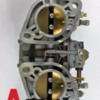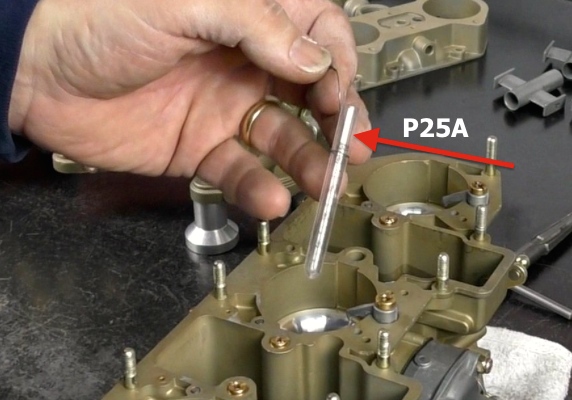Hey Guys
I have a question as to which method of setting the Carb idle mixture screw is correct.
Most of the things I have seen say to set at best lean setting. Turn screw in until the engine stumbles then turn out 1/4 to 1/2 turn.
The Bob Tomlin Weber book says something a little different. Turn the screw in until the engine speed drops off. Then rotate screw out until the picks up speed and runs at its maximum best. I assume I would use a timing light to monitor the rpm increase with this method.
These are two totally different approaches.
Any thoughts?




